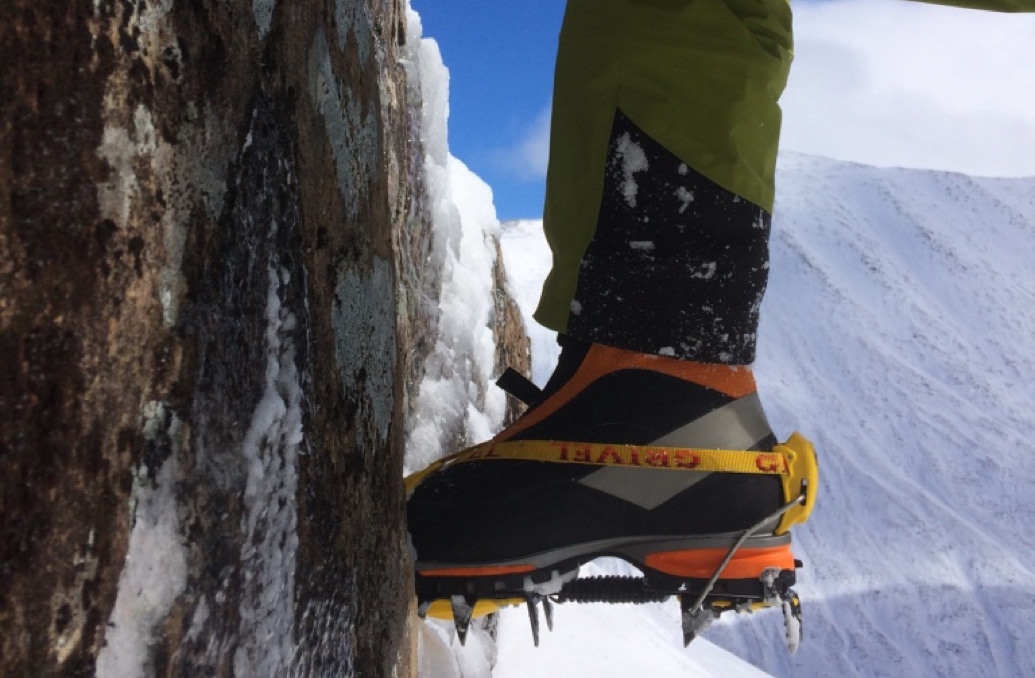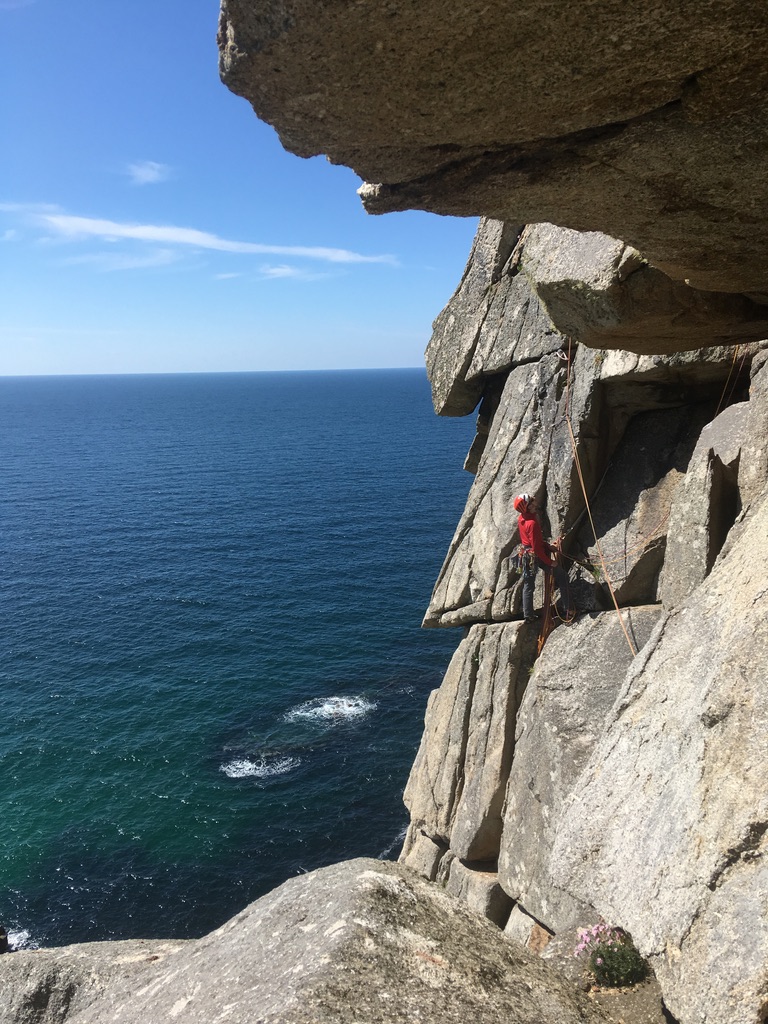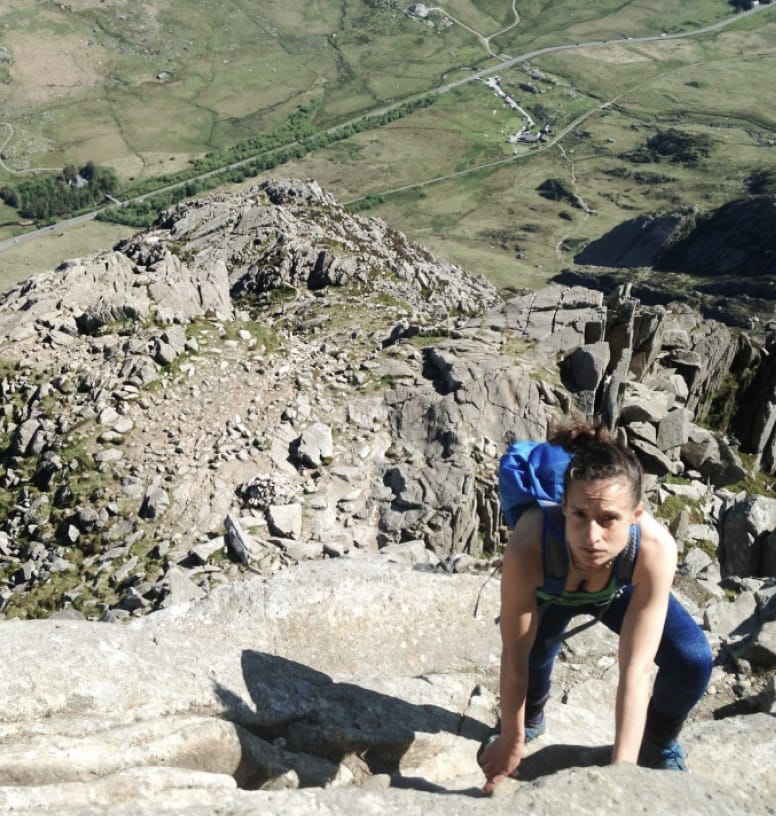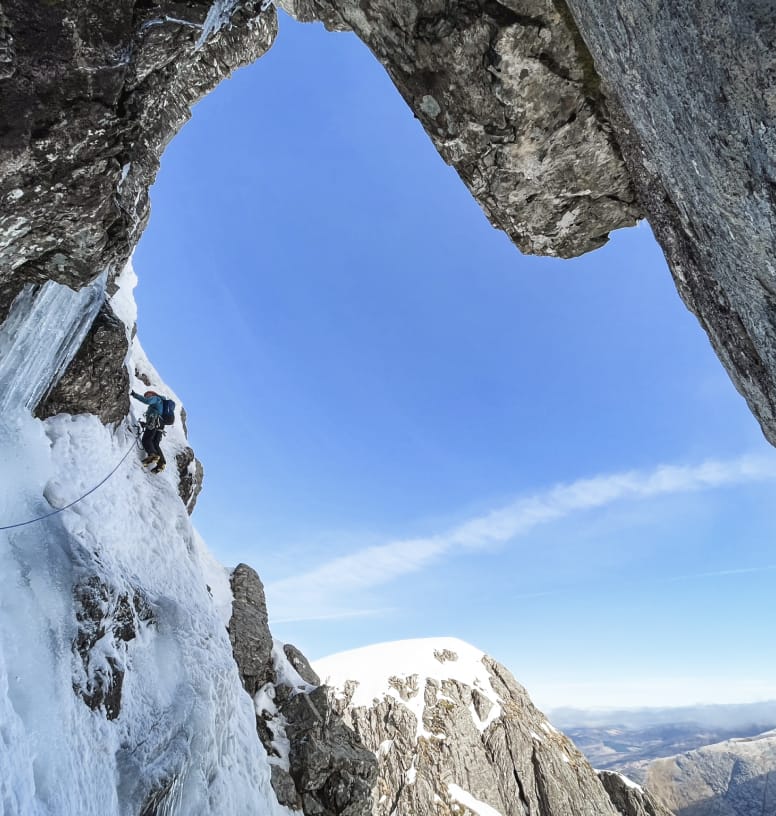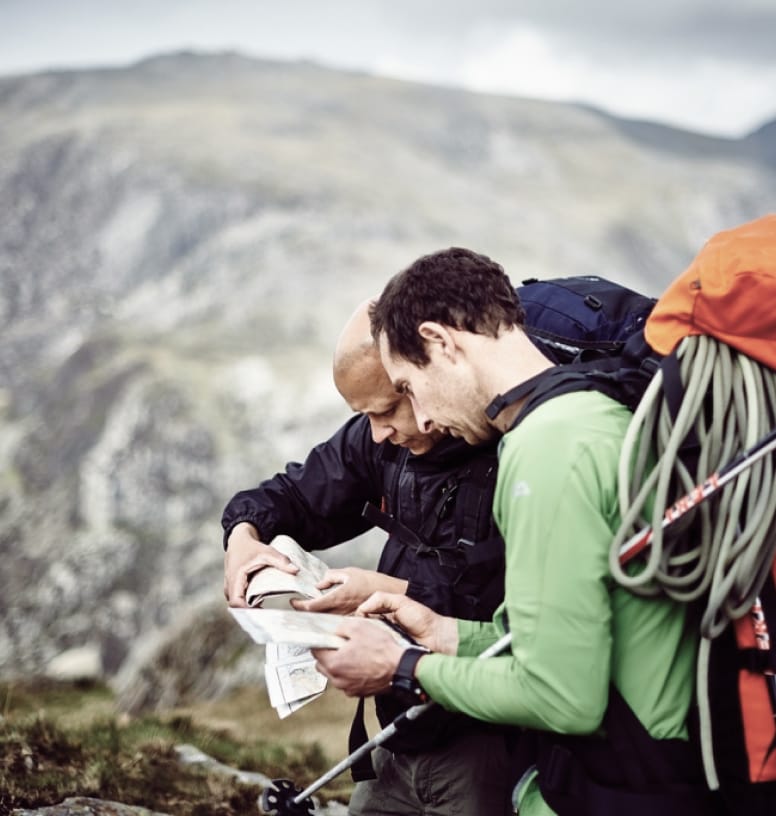07775 853 348
A BIT ABOUT CRAMPONS
Crampons can be rigid or more flexible, dependent on what classification of boots you are wearing. Some have specific snow repelling features, such as anti-balling plates made from ABS plastic that prevents snow from balling up in the crampon’s body, whilst other crampons are designed for use on specific climbs, with points that fit into small mountainside cracks, or front points that can disperse compacted ice.
So before you decide what crampon to buy, you need to know what you will be using them for, depending on what you will use them for you need to have a compatible boot. Its already starting to sound like jargon.
I’ll try and keep the technical terms to a minimum. So let’s break it down into activities:
- Winter walking and glacier traverses – use a B1 boot (flexible boot)
- Winter mountaineering and alpine routes – use a B2 boot (semi-rigid boot)
- Winter and ice climbing – use B3 boot (rigid boot)
The crampon ratings are as follows:
- C1 – refers to a flexible style of crampon
- C2 – refers to a semi-rigid style of crampon
- C3 – refers to a very rigid style of crampon
What boot and what crampon:
- B1 = C1
- B2 = C1 or C2
- B3 = C1, C2 or C3
CRAMPONS POINTS
A crampon’s points are the spiked teeth that bite into the snow and ice. They are situated at the contact areas beneath the forefoot and heel. The majority of crampon points are made from steel or stainless steel due to its strength, though some lightweight styles for less aggressive use (such as ski touring) are made from aluminium, making them easy to carry.

